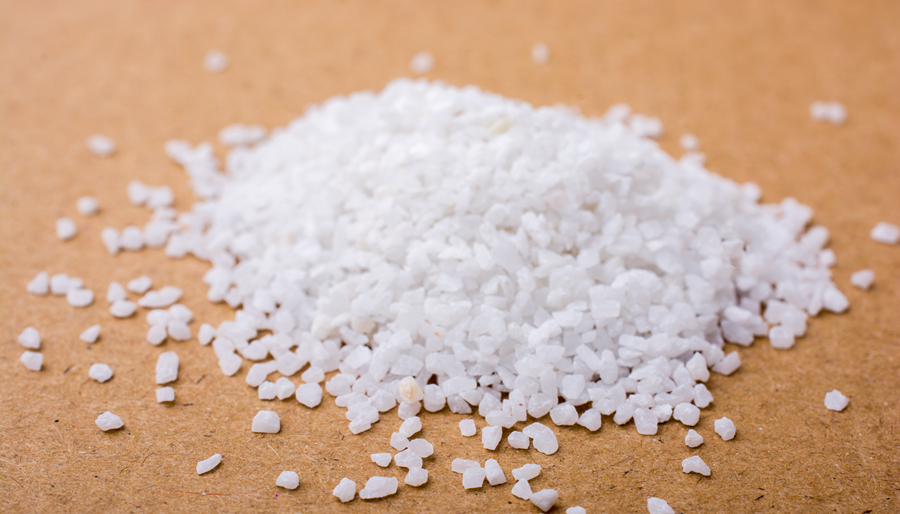
Silica is the general name for vein quartz, quartzite, and quartz sandstone, and its chemical formula is SiO2. The main uses can be roughly divided into: refractory materials for the metallurgical industry, quartz glass, and silica for cement ingredients.
As a raw material for smelting industrial silicon, the purity of silica is directly related to the grade of the product. Therefore, industrial silicon smelting has strict requirements on the content of silica impurities. Usually, the main impurities in silica are Fe2O3, Al2O3, CaO, MgO, K2O, Na20, and MnO, TiO2, etc. Silica has different uses depending on its silicon content and impurity content.
The XRF method can be used to analyze impurity elements in silica samples in industrial silicon production. The glass melt sample preparation method combined with X-ray fluorescence technology can bring customers high-precision and high-satisfaction analysis results!
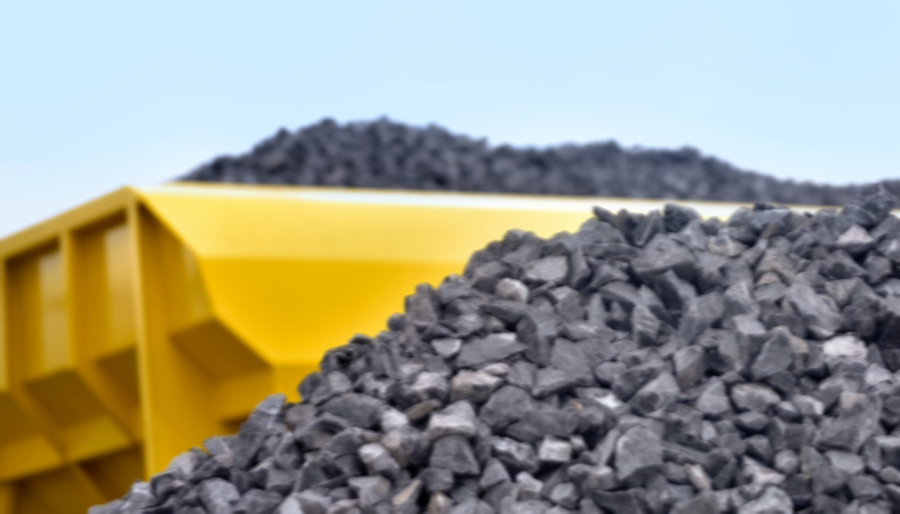
Ferrosilicon is an iron-silicon alloy made from coke, steel scraps, quartz (or silica) as raw materials, and smelted in molten iron using an electric furnace to reduce silicon at high temperatures. It is an important alloy variety in the smelting industry. Ferrosilicon has excellent physical and chemical properties and is widely used in the steel industry, foundry industry and other industrial production.
Ferrosilicon is divided into four categories according to the smelting method: high silicon ferrosilicon (GG), ordinary ferrosilicon (PG), low aluminum ferrosilicon (DL) and high purity ferrosilicon (GC). X-ray fluorescence spectrometry (XRF) is widely used in the analysis of ferrosilicon alloys to determine the composition of silicon, phosphorus, manganese, aluminum, calcium, chromium and other elements in actual samples of ferrosilicon alloys.
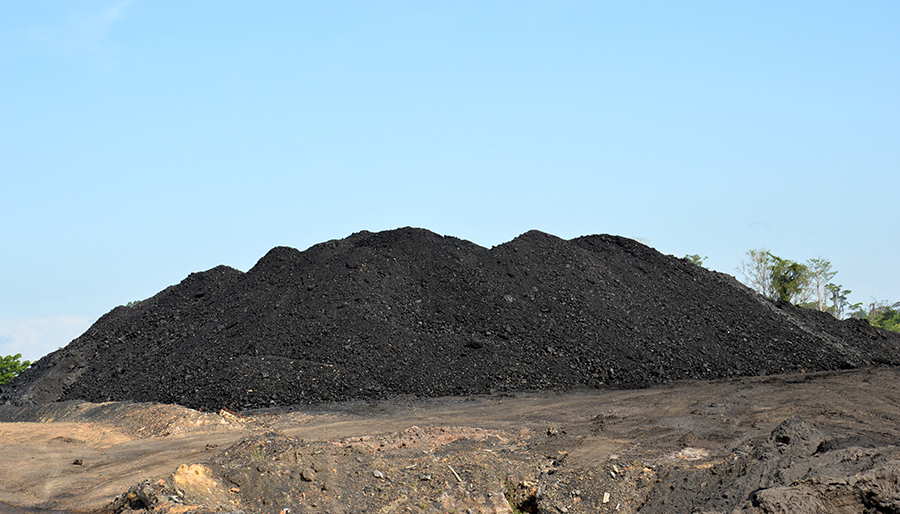
Chemical analysis shows that the main components of steelmaking slag are: CaO, SiO2, Fe2O3, FeO, MgO, P2O5, MnO, CaS, etc. These substances can exist in various forms in the slag, in addition to the simple molecular compounds mentioned above, and can also form complex composite compounds, such as 2FeO·Si02, 2CaO·Si02, 4CaO·P205, etc.
The properties of slag play a very important role in ensuring the smooth progress of the smelting process and ensuring the quality of metal products. Therefore, slag composition analysis is indispensable in steel smelting and other smelting processes. X-ray fluorescence spectrometry (XRF) is a commonly used tool in slag detection. It can be used to quickly and accurately analyze the element content and composition of slag to help improve steel smelting process and ensuring product quality.
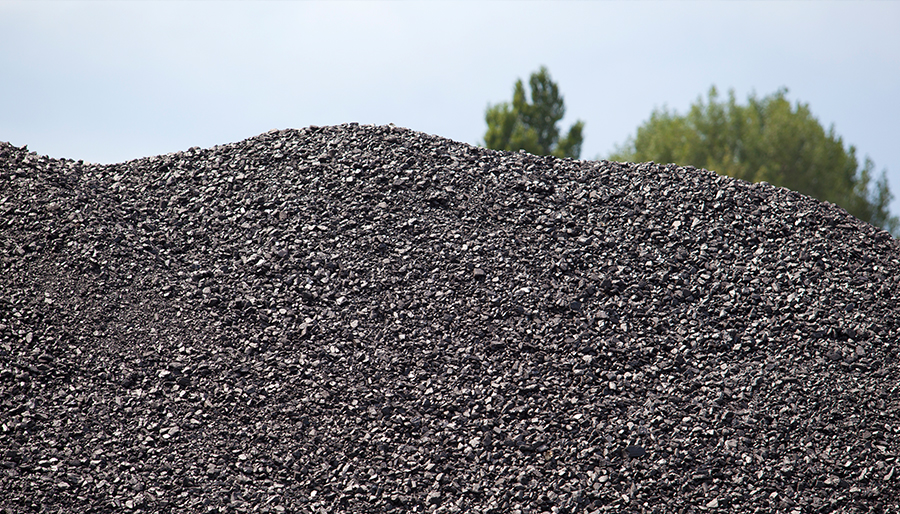
Steel slag is mainly composed of oxides of calcium, iron, silicon, magnesium and a small amount of aluminum, manganese, phosphorus, etc.
The main minerals are solid solutions formed by tricalcium silicate, dicalcium silicate, calcium forsterite, calcium magnesium rhodonite, calcium ferro aluminate and oxides of silicon, magnesium, iron, manganese and phosphorus, and also contain a small amount of free calcium oxide and metallic iron, fluorapatite, etc.
XRF is widely used in the field of steel slag analysis. It can quickly detect the metal components in steel slag and provide useful reference data for the steel industry. This is of great significance to the production and environmental protection of the steel industry, helping to optimize production processes, improve product quality and achieve sustainable development.
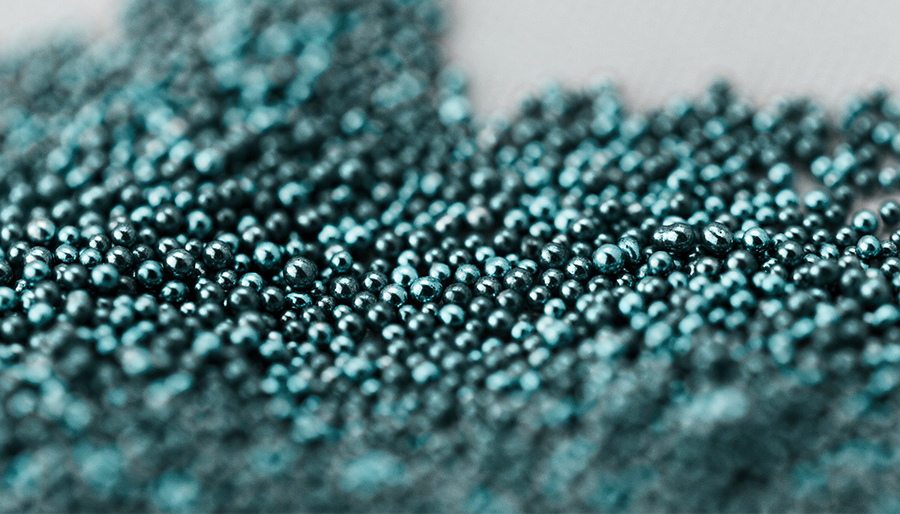
Pellets are an important type of iron ore, which are made into spherical particles by mixing concentrate and additives. The composition of pellets is an important factor affecting the physical and chemical properties of pellets. TFe, Al2O3, CaO, MgO, SiO2, P and S, as the seven main components in pellets, have always been an important criterion for determining the quality of pellets. In the past, chemical analysis methods were mainly used to determine the composition of pellets, which was labor-intensive and the analysis cycle was relatively long. In order to better meet the needs of sintering production and provide analysis results faster and more accurately, LANScientific recommends using X-ray fluorescence spectrometry (XRF) to analyze its seven main components and residual elements (Cu, Pb, Zn, As, Sn , K2O, etc.).
The precision and accuracy of the analytical results are comparable to those of chemical analysis methods!
Learn more →《Application of XRF in Pellet Industry》